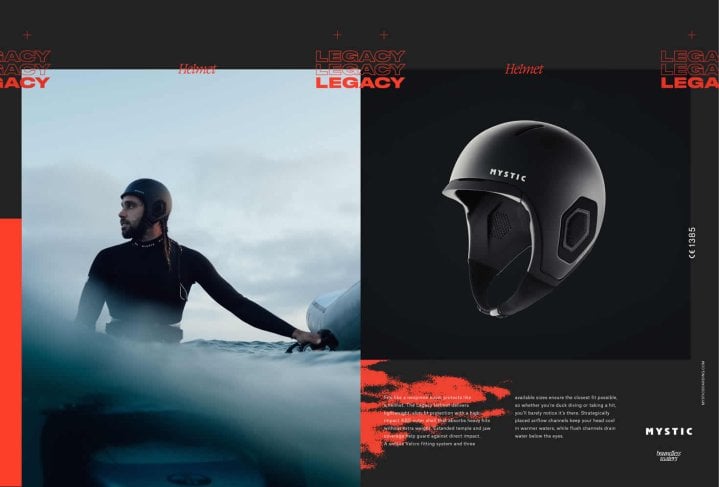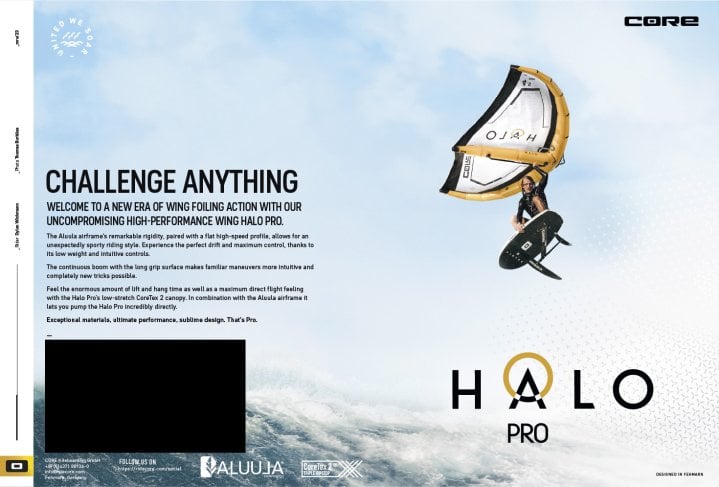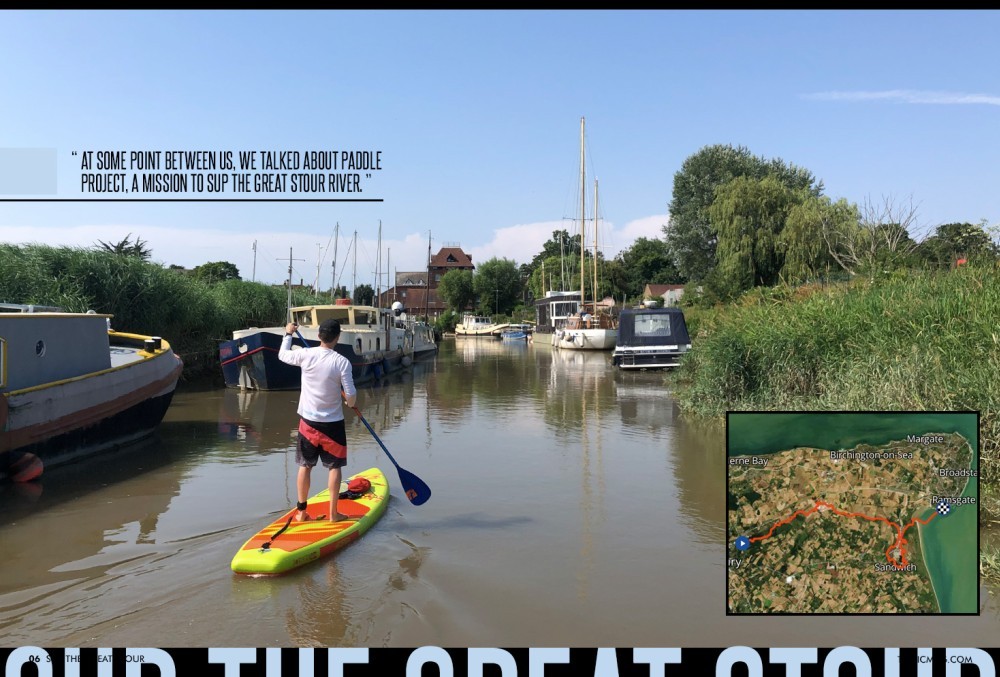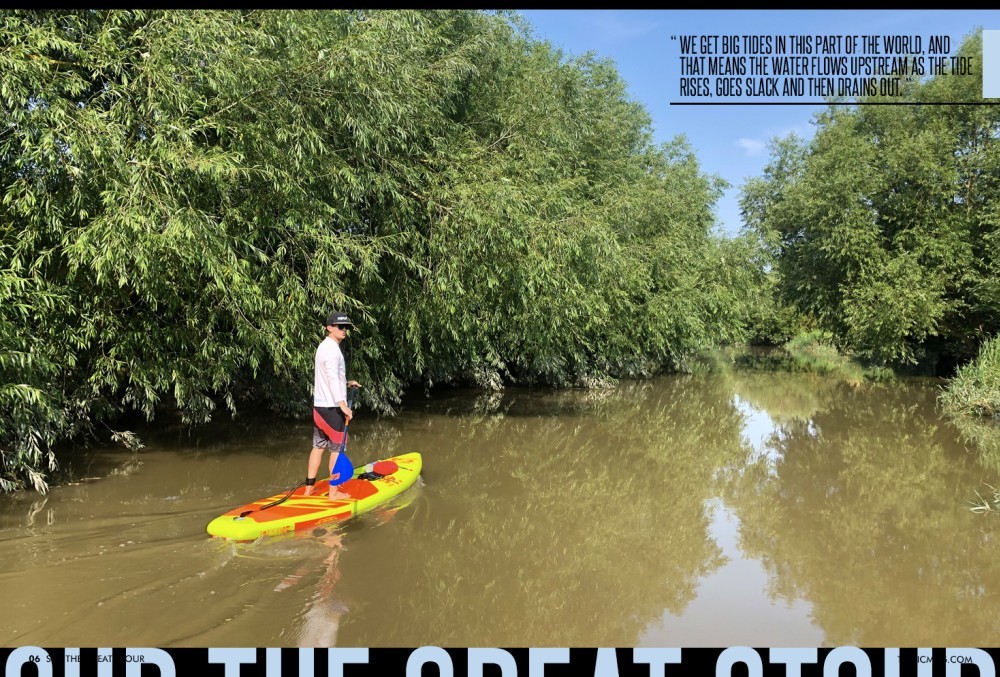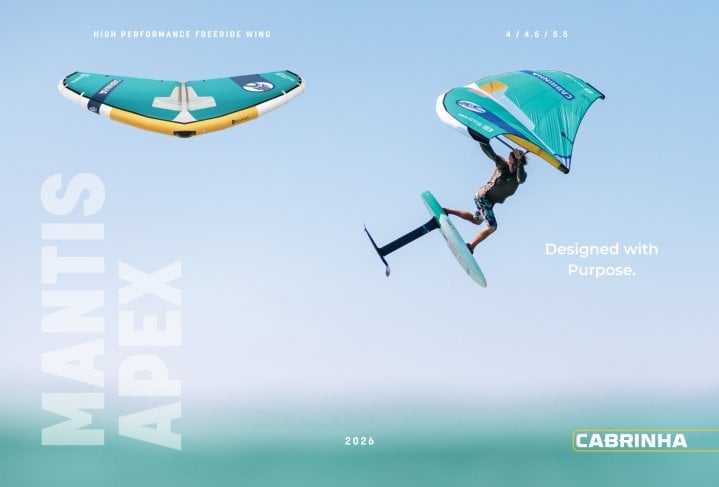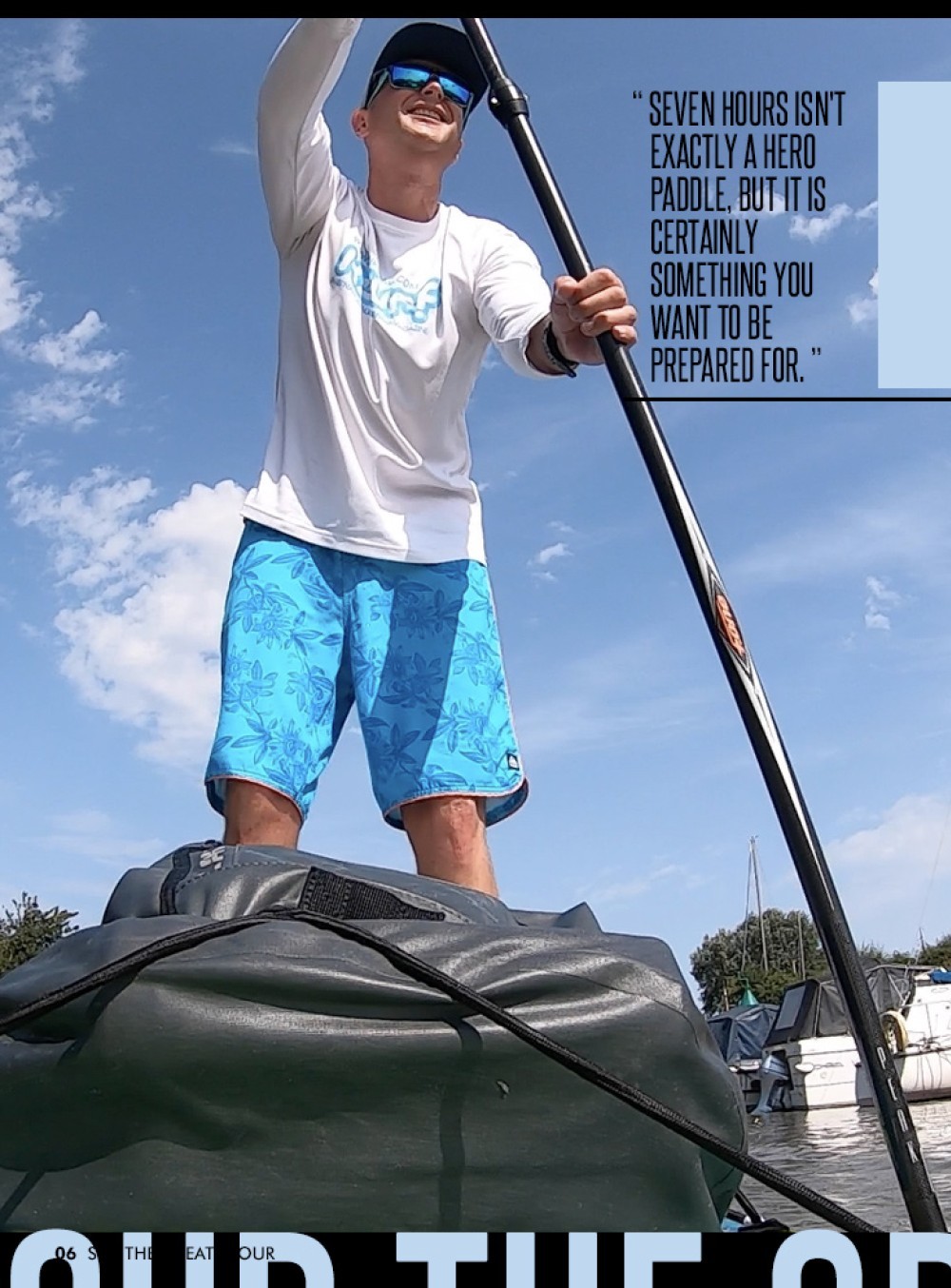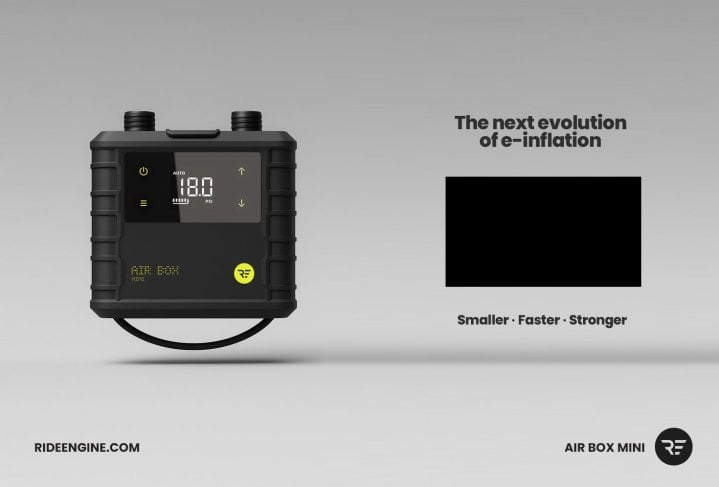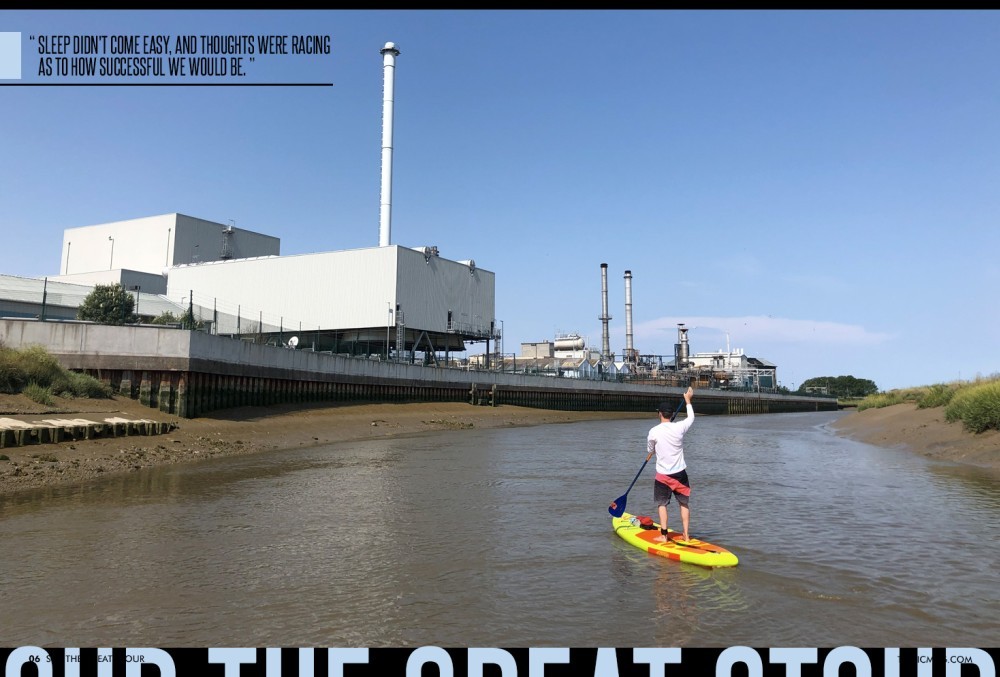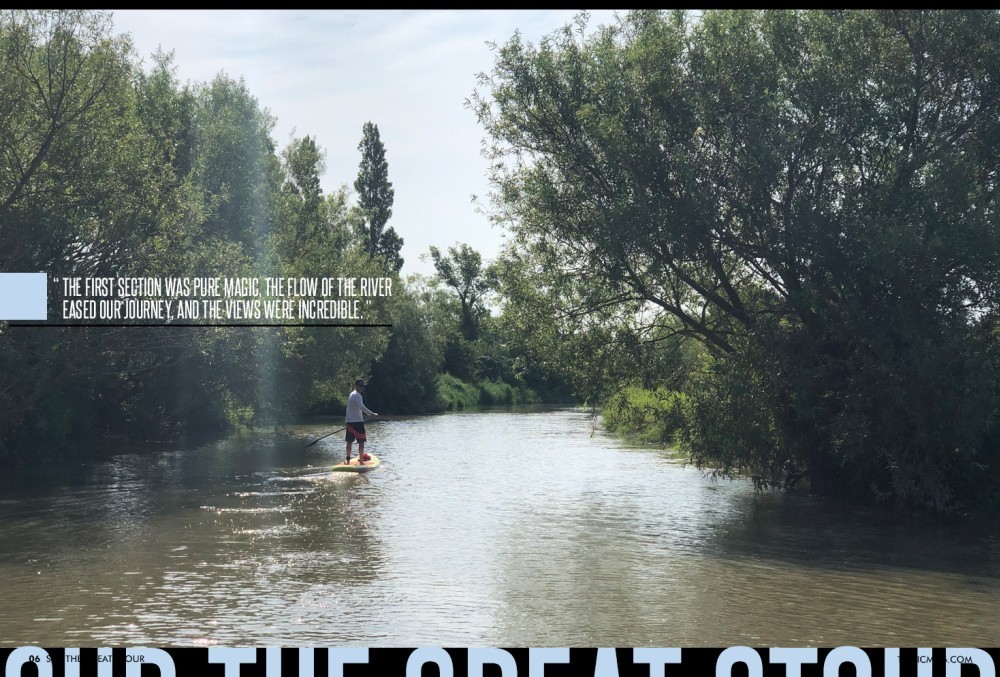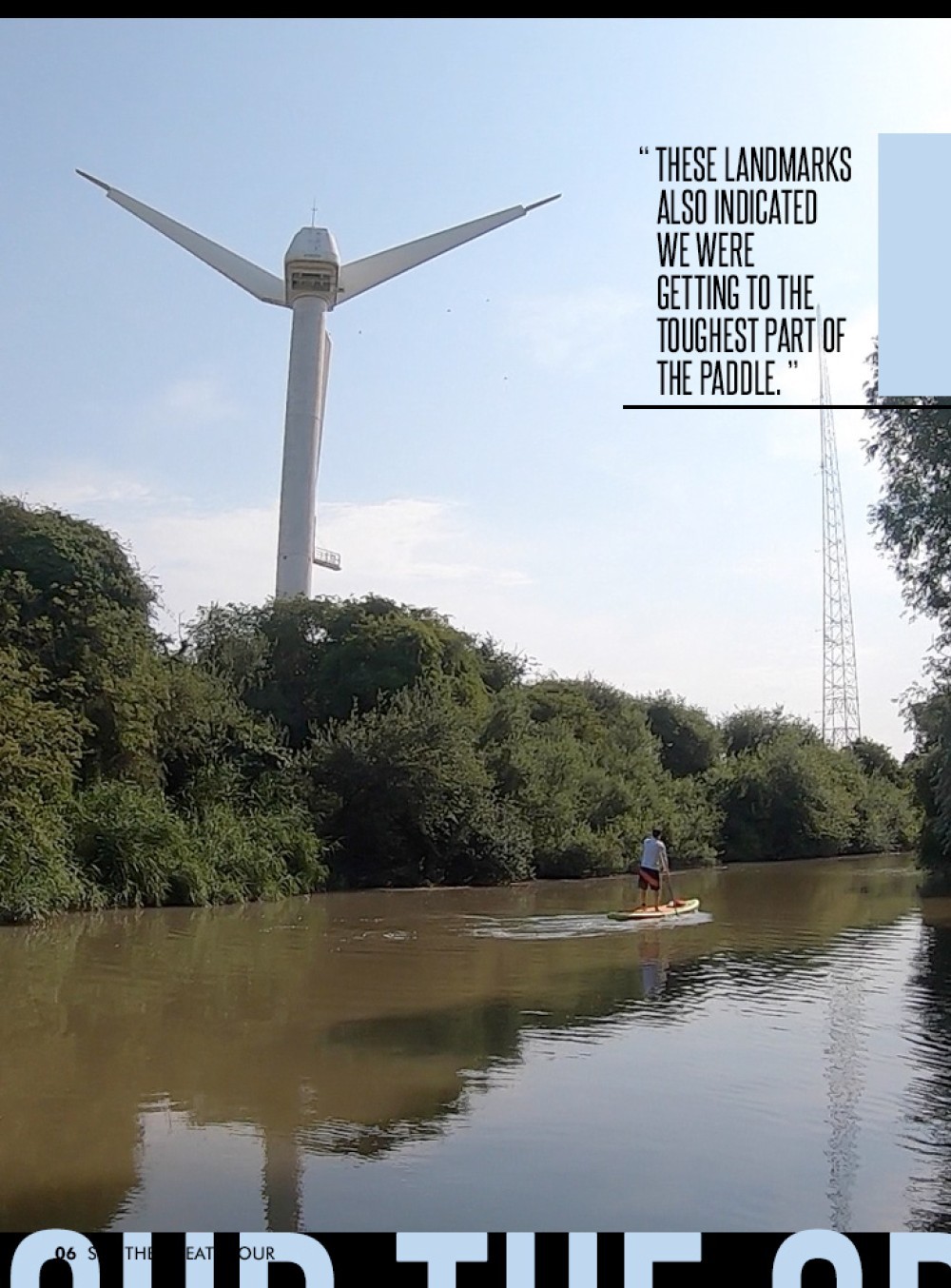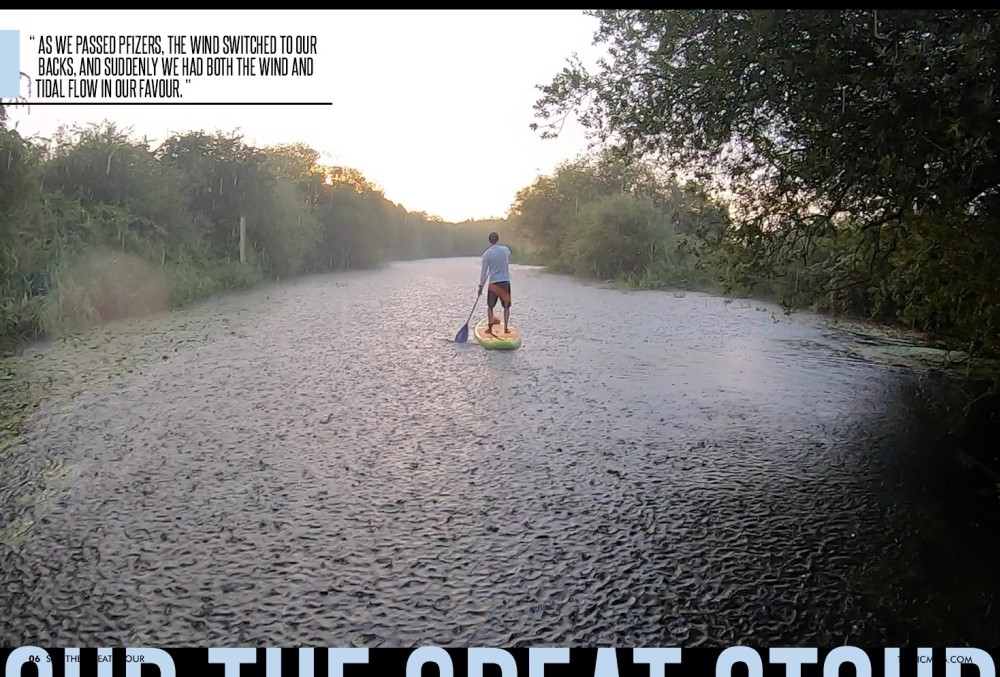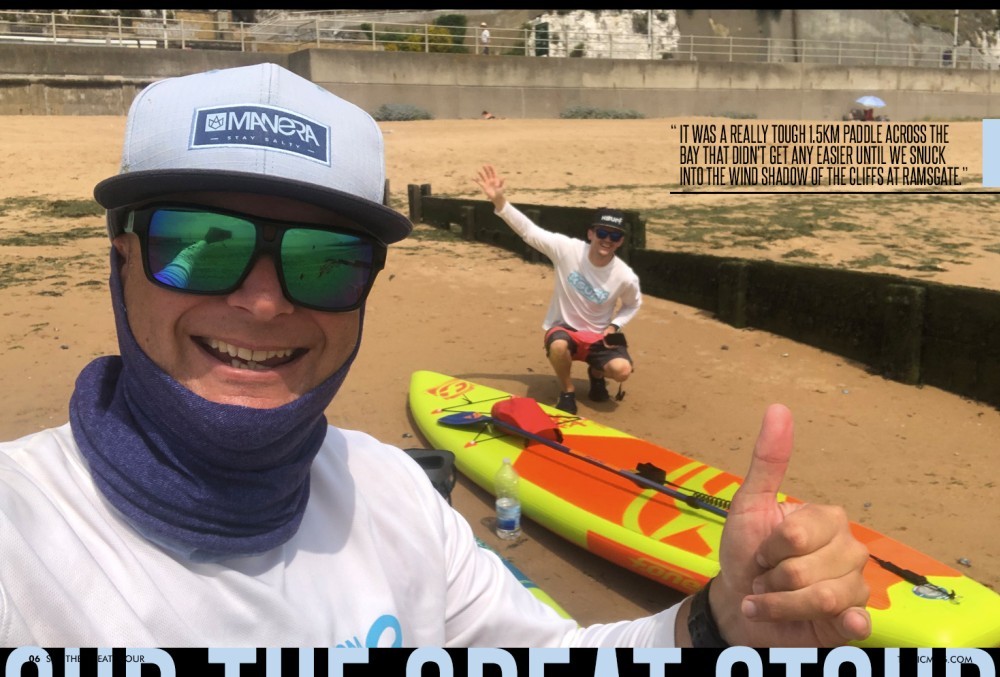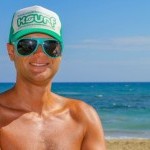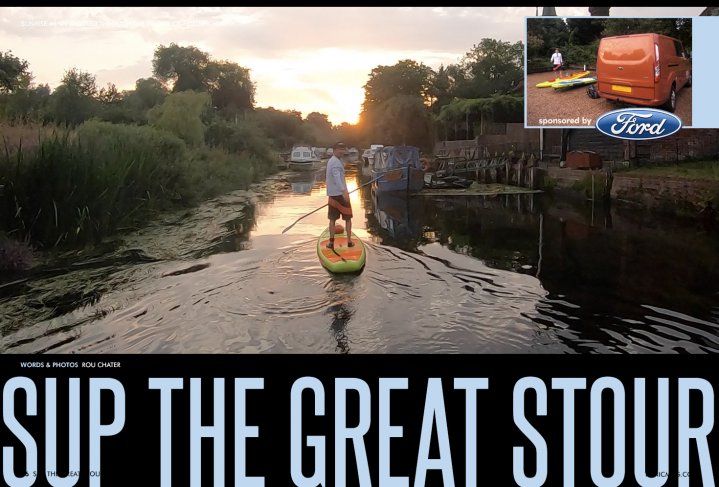
SUP The Great Stour
Issue 6 / Sun 8th Nov, 2020
When the wind doesn’t blow you can’t beat a paddle, Rou and Alex Chater decide it is high time for a paddle mission and plan a big day out on the Great Stour River. Find out how many paddle strokes it took right here.
Ever since my brother got his inflatable paddleboard, he has been hooked. We used to paddle a lot when we spent the winters in Cabarete, the waves there were amazing for SUP action. The reefs are offshore, and it's a little far to paddle out prone, but with a paddle, you get incredible breaks and hardly any crowds. Sadly whenever we came back to the UK, the paddleboards would take a break as frankly there just isn't that much swell in the south-east of England.
As an antidote to the light wind summers, we decided to get some inflatable touring boards to keep the paddle fitness up and to ensure we got our fix of water time. Personally, I kite foil, so it isn't often I can't get on the water in the summer months, but for Alex, he usually just does freestyle with boots, and the wind for that just doesn't happen that often in the summer.
Once he got the paddleboard though he was a man possessed, heading to the beach at 5.30am to catch the glass before the wind got up. On the other hand, I was busy travelling around and not getting much time to stick an oar in so to speak. Anyway, at some point between us, we talked about paddle project, a mission to SUP the Great Stour river.
I can't remember who's idea it was, formed over a few beers it seemed like a doable prospect. The issues were many, the river winds and weaves its way through east Kent. It gets particularly bendy when it reaches the ancient town of Sandwich, essentially doubling back on itself. This means picking the right wind direction is tricky. In the most part, the river flows west to east, but as it meanders it faces all directions before reaching the sea at a place called Pegwell Bay.
The sea is the other issue, the mouth and river itself is incredibly tidal, we get big tides in this part of the world, and that means the water flows upstream as the tide rises, goes slack and then drains out. As the tide rushes up the river, it reaches a point where the strength of the downward flow matches it, and you get slack water. Then as the tide turns it drains, you can't pinpoint exactly where this would be as with differing tidal states as the moon phases, plus different rates of flow with rainfall it's hard to predict exactly.
For the challenge to be substantial enough, we planned to get in at a small village called Fordwich and paddle to the seaside town of Ramsgate. There is a great pub called the George and Dragon in Fordwich, and there is an entry point to the Stour near the pub car park. It's quite common for paddlers and kayakers to enter here. Further upstream is the cathedral city of Canterbury, home to the Church of England. If you start much further up than Fordwich entry is difficult, and there are also weirs and other obstacles to navigate.
Our plan for the finish was to paddle out of the river and across Pegwell Bay to the town of Ramsgate. Essentially a river paddle with a sea paddle at the end. By using GPS planning technology we worked out, it was about 38km miles of paddling. Our best guess was to do it on a North Westerly wind, which seemed to offer the best opportunity to maximise the wind being behind us. We estimated it might take about seven hours to complete the trip non-stop.
Seven hours isn't exactly a hero paddle, but it is certainly something you want to be prepared for. Alex carried on paddling most days while we waited for a weather window. Meanwhile, I was far too busy to even pump the board up. I'd have to rely on my general fitness from running and hope my ankle, which was in the middle of a long rehab, would hold up.
We both work full time on the magazine, which means a mostly sedentary work-life sat in front of a screen. The biggest challenge we thought would be standing up for seven hours, that and getting the tides right, which despite checking a lot we were still unsure if we had gauged correctly. In the end, we decided if the worst came to the worst, we could bail out the side of the river and hike to a road and call a friend. All we needed now was for a gentle NW breeze to align with neap tides and some sunshine.
Once we saw the window, we knew it was on. The night before we drove to Ramsgate and left a car on the promenade where we planned to make landfall, checked the boards were in good order, bought loads of food and water and had an early night. Just like any big adventure, sleep didn't come easy, and thoughts were racing as to how successful we would be. At 4am, the alarm went off, and we made it out the door at 4.30. It's a relatively short drive to Fordwich from my brother's house, but we wanted to be on the river as close to 5am as possible to make the most of the tides and ensure we hit the falling tide for the majority of the paddle.
Pumping up was the usual affair, with added nerves, we had no clue if this was even going to be possible. We had packed some waterproof day bags with phones, food and loads of water. We also had suncream and insect repellent, hats and long sleeve UV rash vests. All our planning felt good, and we had a good feeling as we slipped into the Stour by the George and Dragon pub in Fordwich.
The first part of the paddle was stunning, the river was flowing downstream here, and was crystal clear. On either side of us were the old buildings that make up the village of Fordwich, separated by the occasional willow tree hanging its branches over the water. As the sun rose and the swans swam past it has to be one of my best memories on a SUP, it was just breathtakingly stunning.
The first section was pure magic, the flow of the river eased our journey, and the views were incredible. Even when the heavens absolutely opened, something we knew would happen for an hour or so, it didn't dampen our spirits. As it was the rain, while hard, was relatively short-lived. The real challenge came as we reached the Tidal Lake near Stodmarsh, as predicted we found the up flow of the river and the water went from crystal clear to muddy brown.
Suddenly we had gone from cruising to paddling through cheese, as we reached Grove Ferry it got harder as we had paddled past the slacker water and into the up-flow itself, this section of the river meanders too, and it was a case of heads down and keep on paddling. You could tell we were working hard as the conversation wained, something that rarely happens when we are together.
Once past Plucks Gutter though we hit the outflowing water and slowly, almost unnoticeably at first things got easier. We kept looking for signs the water was indeed flowing downstream, but the muddy water made it hard to spot. Finally, after paddling past some buoys that showed the water was indeed starting to flow, we knew we had done the hard part. We knew from our predictions that the flow would get stronger and stronger and carry us out past the medieval town of Sandwich and into the sea.
We passed a couple of big landmarks on the way, the experimental wind turbine that was used to test the efficiency of wind as a power source near Richborough Power Station, and then Richborough Power Station itself. It was incredible to see these landmarks that had been part of our lives since we were born from a totally different angle and up close. However, these landmarks also indicated we were getting to the toughest part of the paddle.
The river at Richborough does quite an impressive run down to Sandwich, before doing a u-turn and meandering back on itself all the way up past the Pfizers pharmaceuticals plant. We knew this would be a tad soul-destroying at the end of the paddle, to have to go back on yourself for about 5km, but with no alternative, it was our only option.
What we hadn't banked on was the wind changing direction and picking up though. For all our planning we hadn't really double-checked the wind on the morning when we left. We also hadn't figured it would shift around the trees and bends in the river, no matter which way we were headed the wind was blowing head-on as if it was following the direction of the river!
Suddenly paddling in the upstream in no wind earlier on seemed infinitely more agreeable than slogging dead into a gusty headwind. Despite the flow of the river, we were making slow and laboured progress. With tired arms, we summoned up as much energy as possible to carry on. As we passed Pfizers, the wind switched to our backs, and suddenly we had both the wind and tidal flow in our favour.
Time for lunch! We had planned to stop along the way, but we quickly realised the wild growth of brambles and nettles along the bank would make an impromptu stop off impossible. Instead, we sat and ate on our boards, and as we went past the seal colony at Sandwich Bay, we sat down for fifteen minutes and ate the sandwiches we had brought with us. Refuelled and amused by the inquisitive seals we set out across Pegwell Bay, and it was here that our wind forecast let us down.
We had a strong crosswind of about 20knots, meaning we could only paddle on one side to keep the inflatable boards from being blow off course and out to sea. It was a really tough 1.5km paddle across the bay that didn't get any easier until we snuck into the wind shadow of the cliffs at Ramsgate. Finally, we could rest our right shoulder and get a few strokes in on the other side. By now my arms were burning, but with success in sight, it was a relatively short and victorious paddle to our intended landing spot.
As we hit the beach, elated and exhausted, I noted it had taken 6 hours and 50 minutes, not bad compared to the seven-hour prediction we had made. Over 18,000 paddle strokes and 39km travelled it was one hell of a challenge to pull off. Between the planning, waiting for the weather and tides to combine and then actually executing the effort without any hiccups, we both felt like it was a job well done. All that was left was to pack up and drive the car back to Fordwich to grab the van and get some well-earned rehydration at the pub.
When there is no wind, and the sun is shining, you really can't beat paddling on a SUP!
Videos
By Rou Chater
Rou Chater has been kitesurfing for over twenty years, paddleboarding for the last six years, and was there testing the first wingsurfer from Naish in Tarifa when it arrived on the continent. He is passionate about riding waves and exploring new places. As the publishing editor, he oversees everything at Tonic but also our sister magazines IKSURFMAG and IMB. He's been on the water since he was born and has never looked back, in the winter you'll find him chasing swells in the Caribbean and during the summer he can be found all over Europe at various SUP, Kitesurf and Mountain Bike events getting features for the magazines.


